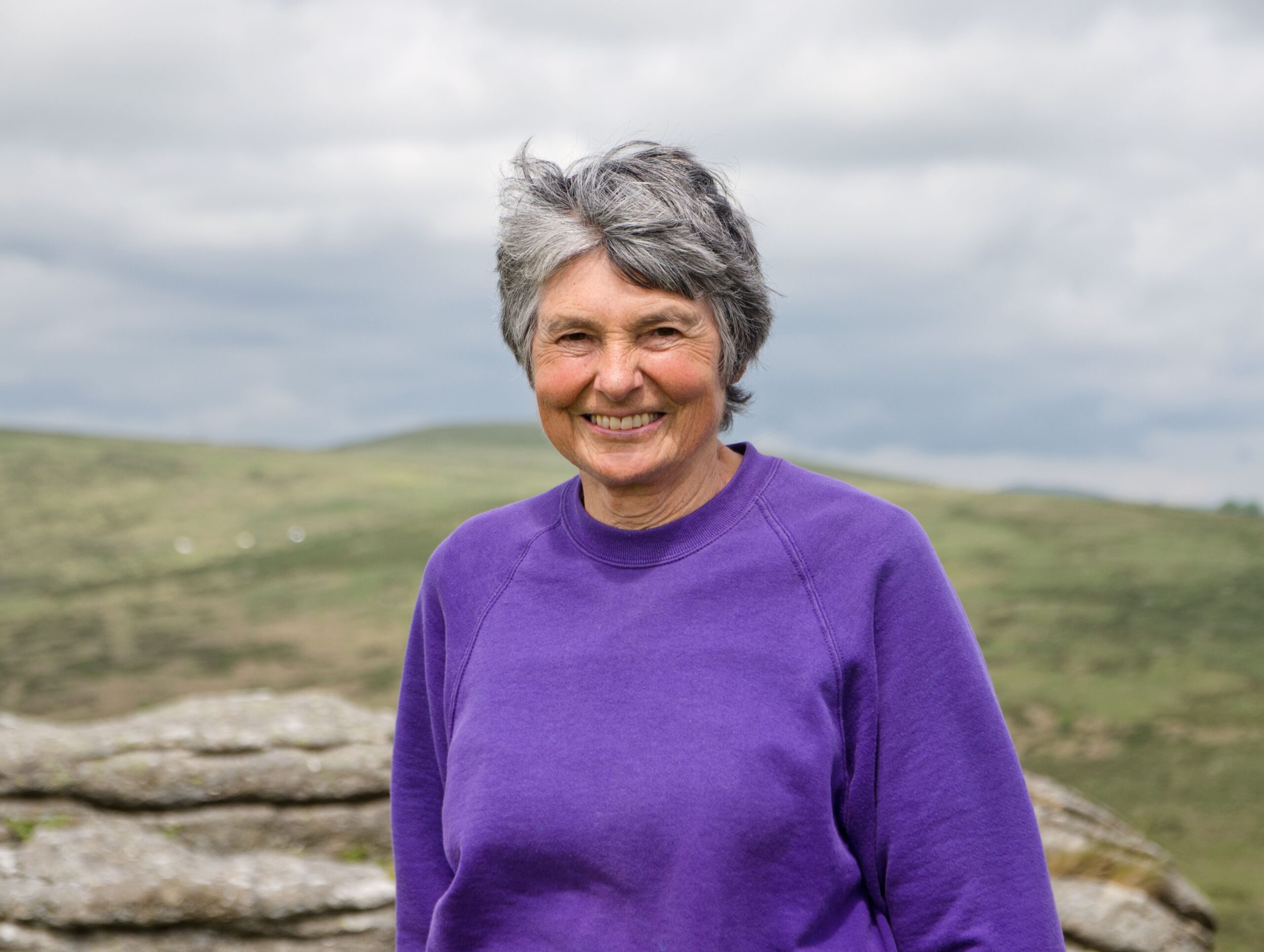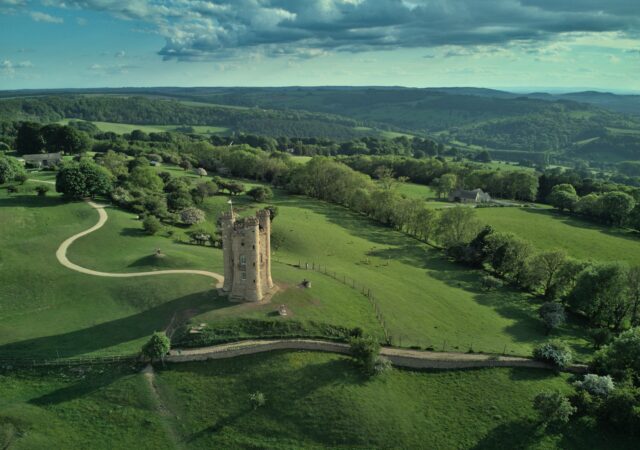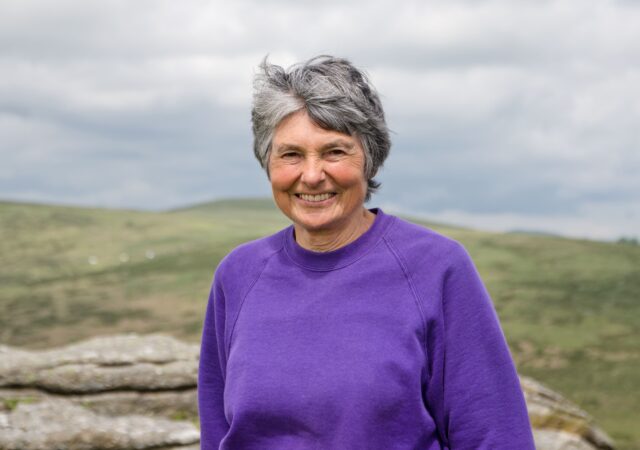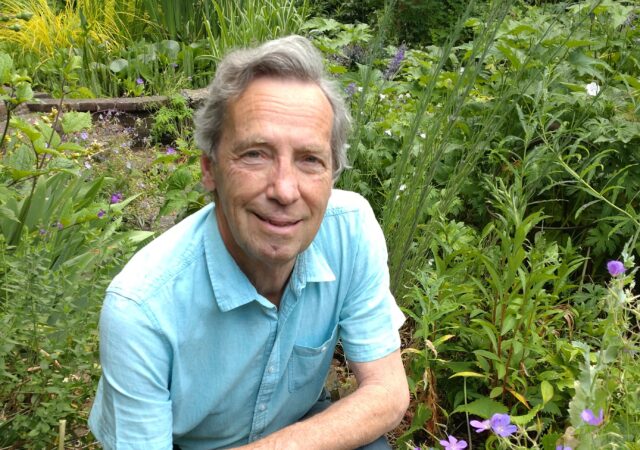Who knew that there was a piece of Wales in Patagonia?! Here, Hilary Bradt tells us about her trip to Patagonia …..
In 1973 my husband George and I travelled slowly down the length of South America. We were on a tight budget of $5 a day and Argentina was an expensive country. We hitchhiked and saved money on accommodation by camping, mostly in rural areas but occasionally, if we couldn’t find a cheap hostel, in town centres where half-completed buildings sometimes served the purpose. At least they gave us respite from the relentless wind and a level surface to pitch our tent.
Wales in Patagonia
The Argentine part of Patagonia was flat, dusty and debilitating. Drivers were disinclined to give us a lift, and after being on the road for nearly a year I was homesick and focused my attention on the famous Welsh Teashop in Trelew. I wanted a proper cup of tea and a piece of cake. And to feel, briefly, that I was in Wales.
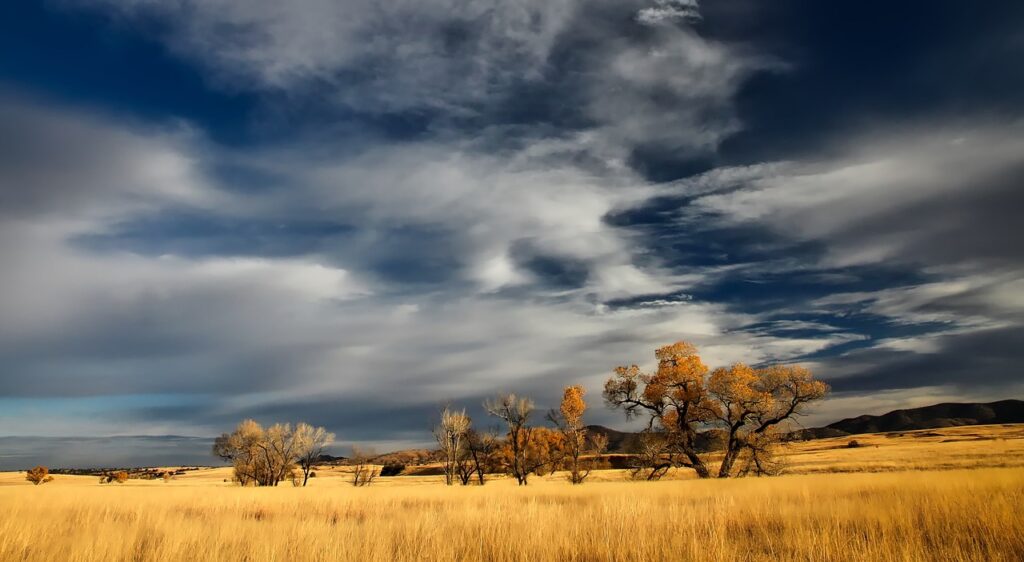
Trelew and its neighbouring towns in the Chubut Valley are the centre for a Welsh-speaking community descended from the brave souls who arrived in 1865 looking for a place where their culture and language would be safe from English interference. Patagonia was not a bad choice, since there was no one around to interfere except for a few Indians. The Argentine government, quick to see the benefit of having hard-working immigrants in this underpopulated region, gave them some land. The community eventually prospered, and grew from time to time with more Welsh speakers.
The Welsh Tea Shop in Trelew
We did not prosper in Trelew – at least not at first. The Welsh Tea shop was the real thing, with real tea with real milk and a real Welsh lady running it, but she was pretty frosty and the cost was exorbitant. We skipped lunch so we could have a decent meal in the evening in the Welsh restaurant. However they treated us like vagrants and told we couldn’t sit near their mural of a Welsh landscape in case we damaged it, and to leave our backpacks by the door.
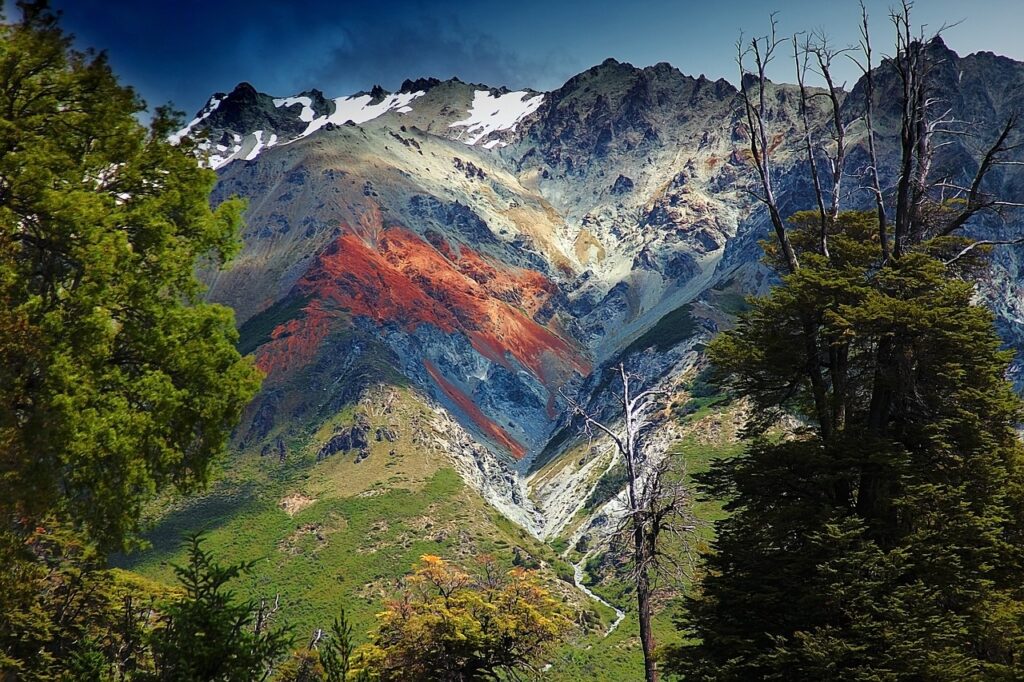
The Welshness of this bit of Wales in Patagonia seemed contrived, just for tourists, and we were bitterly disappointed. We’d made an effort to get here but agreed that we’d continue our journey south the next day. So we were both in an exceptionally bad mood when we walked around town looking for a half-completed building we could sleep in and arguing, I suspect, rather loudly. A small man shot out of a bar and, in a strong Welsh accent, said: ‘I heard you speaking English. Please come and stay in my house – I’m fed up with the bloody Spanish!’. We accepted.
An Original Welsh Chapel
Phil’s wife Laura greeted us in Spanish but I was completely lost with their conversation afterwards, despite my increasing confidence at understanding the regional Spanish spoken in Argentina. Then Phil explained: ‘We can only communicate in Welsh. Laura’s English is lousy as is my Spanish.’ They had met at university in Cardiff, and Phil had returned with Laura to help out on the family farm. She invited us to visit their home the following day and we readily agreed.
The family history was as interesting as the well-tended farm, and at last we found some appealing Welshness in the town of Gaiman with its original Welsh chapel. This family had been a matriarchal society since the arrival of Laura’s grandfather at the turn of the century, sent there for his health and to assist three sisters who were distant relatives. Two had recently been widowed and they ‘needed a man’ on the farm. A classical scholar, so surely way out of his comfort zone on this windswept piece of nowhere! Nevertheless he accepted the role of farm manager and married the youngest sister.
More Than a 1000 Books
‘Come and see grandfather’s library’ said Laura, after we’d looked round the farm. She led us down a narrow trail to a two-room adobe building, with a little turret at the top. Inside, stacked up on the floor and along the shelves, were about a thousand books. They were mostly classics in, Laura told us, 42 different languages ‘although he only spoke 15’. He would order books from all over the world, and one a week Laura’s mother would be sent to Gaiman with the horse and cart to collect the latest shipment, while he watched for her return through binoculars. That’s what the little turret was for.
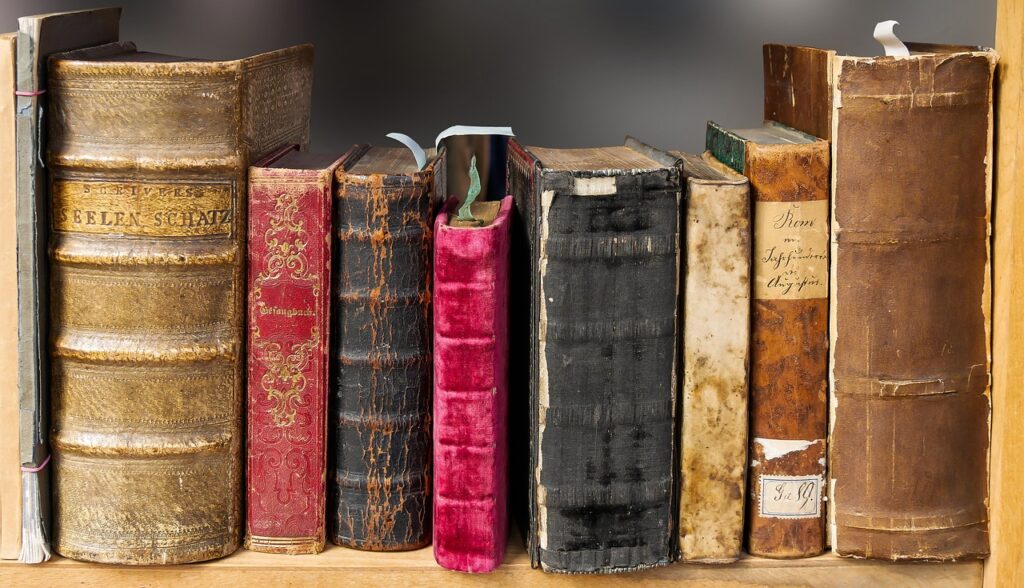
In a corner of the room was a bed, just rough planks covered in rags. In the adjacent room were piles of newspapers. ‘Grandfather had this built some way from the house’ Laura said, ‘to get away from ‘all those women’’. When he was in his mid-eighties he became blind, so learned braille in both English and Welsh. He died at the age of 87.
So Much Welsh Culture in Patagonia
His daughter, Laura’s mother, was equally impressive. She was very much her father’s daughter, and despite having only two years’ of schooling, was an impressive intellectual. She told us as a child she would get up at 4.30 to study before going out to milk the cows. She had also married an outsider (Welsh, but not from Wales) who used to spend Christmas with them because he was on his own. So inevitably he stayed to manage the farm, and now Phil is doing the same.
We left, reluctantly, after a couple of days, having experienced more Welsh culture in Patagonia, I suspect, than in Wales itself.

Hilary Bradt is the co-founder of Bradt Guides. Her memoir Taking the Risk: My Adventures in Travel & Publishing is published by Bradt Guides as part of their 50th anniversary celebrations.

